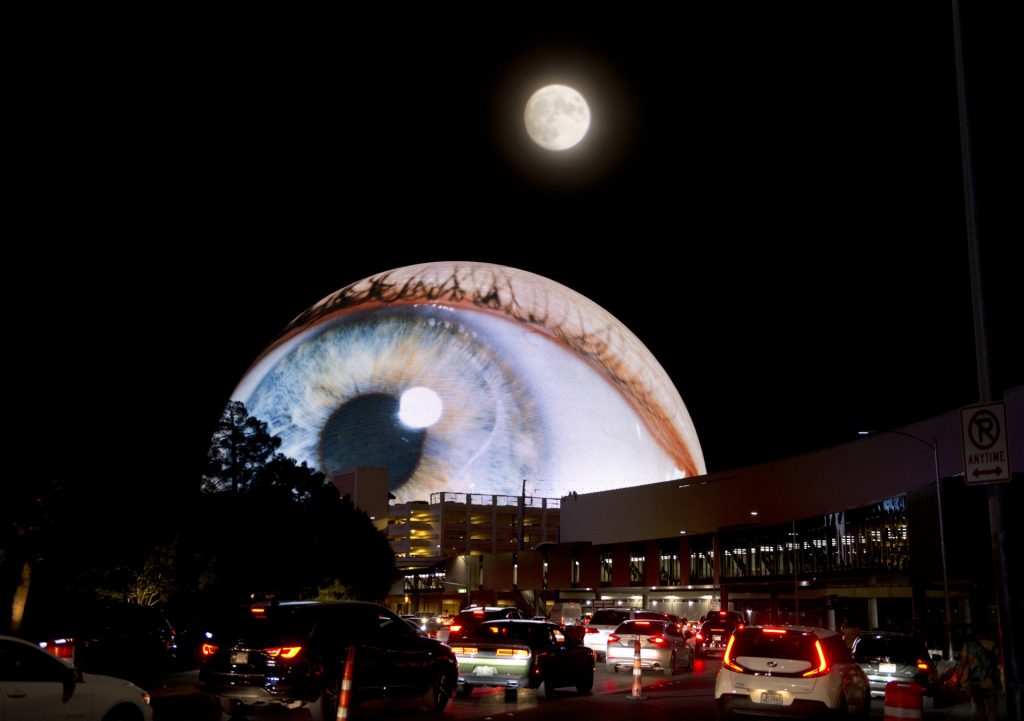
GUEST POST from Pete Foley
An inherent contradiction in almost any new innovation is that it needs to be both new, but also somewhat familiar. If it doesn’t offer anything new, there is little motivation for consumers to risk abandoning existing habits or preferences to try it. But if it is not at least anchored in familiarity, then we ask consumers to put a lot of effort into understanding it, in addition to any opportunity cost from what they give up for trying something new. Innovation is difficult, and a lot of innovations fail, at least in part because of this fundamental contradiction.
Transformative Performance: Of course, innovations can be successful, which means we do navigate this challenge. But how? One way is to deliver something with such transformative benefits that people are willing to push themselves over the hump of learning something new. Huge benefits also create their own ‘gravity’, often spreading via world of mouth via media, social media, and even old-fashioned human-to-human conversations. This avoids the need for brute force mass marketing spend that can create the illusion of familiarity, but with a hefty price tag that is typically beyond smaller companies
Familiarity: The second option is to leverage what people already know in such a way that the ‘adoption hump’ becomes relatively insignificant, because new users intuitively know what the innovation is and how to use it.
Wow! The best innovations do both. CHATgpt Generative AI is a contemporary example, where transformative performance has created an enormous amount of word of mouth, but the interface is so intuitive there is little barrier to adoption, at least superficially.
Of course, using it skillfully is another thing altogether, but I think there is an insight there too. It’s OK to have an ongoing learning curve after initial adoption, but initial engagement needs to be relatively simple. The gaming industry are masters of this.
Little Wows! CHATgpt is brilliant innovation. But realistically, few of us are gong to create something quite that extraordinary. So how do we manage to create more modest wows that still drive trial, engagement and ultimately repeat business?
Science, Art and Analogy: As a believer that a lot of interesting things happen at the interface between science and art, and that analogy is a great tool, I think we cam learn a little about solving this by taking insight from the arts. In this case, music and movies. For example, popular music routinely plunders the familiar, and repackages it as new via cover versions. I often do the same myself! Movies do something similar, either with the cycle of remakes of classic movies, or with sequels that often closely follow the narrative structure of the original.
But this highlights some of the challenges in solving this dichotomy. It’s rare for a remake, cover version, or sequel to do better than the original. But a few do, so what is their secret? What works, and what doesn’t?
- Distance from the original. Some of the best movie remakes completely reframe the original in ways that maintain a largely implicit familiarity, but do so without inviting direct comparisons of alignable differences to the original. For example, West Side Story is a brilliant retelling of Romeo and Juliet, Bridget Jones Diary reframes Pride and Prejudice, She’s All That is a retelling of George Bernard Shaw’s Pygmalion, while The Lion King retools Hamlet, etc. I’m not suggesting that nobody sees these connections, but many don’t, and even if they do, the context is sufficiently different to avoid constant comparisons throughout the experience. And of course, in most of these cases, the originals are not contemporary, so there is temporal as well as conceptual distance between original and remake. Similarly with cover versions, Hendrix and the Byrds both completely and very successfully reframed Dylan (All Along the Watchtower and Mr. Tambourine Man). Sinead O’Connor achieved similar success with Prince’s “Nothing Compares 2 U”. For those of you with less grey in their hairl, last summers cover of Tracy Chapman’s ‘Fast Car’ by Luke Combs shows that covers can still do this.
2. Something New. A different way to fail is to tap familiarity, but without adding anything sufficiently new or interesting. All too often covers, sequels and remakes are simply weaker copies of the original. I’m sure that anyone reading this can come up with their own examples of a disappointing remake or sequel. Footloose, Annie, Psycho, Tom Cruise’s the Mummy or Karate Kid are all candidates for me. As for sequels, again, I’m sure you can all name a respectable list of your own wasted 2 hours, with Highlander 2 and Jaws the Revenge being my personal cures for insomnia. And even if we include novelty, it cannot be too predictable either. It needs to at least be a little surprising. For example, the gender reversal of the remake of Overboard has a point of difference in comparison to the Goldie Hawn original, but its not exactly staggeringly novel or surprising. It’s a lot like a joke, if you can see it coming, it’s not going too create a wow.
3. Don’t Get De-Selected. Learning from the two previous approaches can help us to create sufficient separation from past experience to engage and hopefully delight potential consumers. But it’s important to not get carried away, and become un-tethered from familiarity. For example, I personally enjoy a lot of jazz, but despite their often extraordinary skill, jazz musicians don’t fill many arenas. That’s in part because jazz asks the listener to invest a lot of cognitive bandwidth and time to develop an ‘ear’, or musical expertise in order to appreciate it. It often moves a long way from the familiar original, and adds lot of new into the equation. As a result, it is a somewhat niche musical form. Pop music generally doesn’t require the same skill or engagement, and successful artists like Taylor Swift understand that. And when it comes to innovation, most of us want to be mainstream, not niche. This is compounded because consumers today face a bewildering array of options, and a huge amount of information. One way our brains have evolved to deal with complexity is to quickly ignore or ‘de-select’ things that don’t appear relevant to our goals. A lot of the time, we do this unconsciously. Faced with more information than we can process, we quickly narrow our choices down to a consideration set that is ‘right-sized’ for us to make a decision. From an innovation perspective, if our innovations are too ‘jazzy’, they risk being de-selected by a majority on consumers before they can be fully appreciated, or even consciously noticed.
There’s no precise right or wrong strategy in this context. It’s possible to deliver successful innovations by tapping and balancing these approaches in many different ways. But there are certainly good and bad executions, and I personally find it helpful to use these kinds of analogy when evaluating an innovation. Are we too jazzy? Do we have separation from incumbents that is meaningful for consumers, and not just ourselves? And the latter is a real challenge for experts. When we are deeply engaged in a category, it’s all too easy to get lost in the magic of our own creations. We see differences more clearly than consumers. It’s easy for us to become overly excited by relatively small changes that excite us, but that lack sufficient newness and separation from existing products for consumers who are nowhere near as engaged in our category as we are. But it’s also easy to create ‘jazz’ for similar reasons, by forgetting that real world consumers are typically far less interested in our products than we are, and so miss the brilliance of our ‘performance’, or perhaps don’t ‘get it’ at all.
For me, it is useful to simply ask myself whether I’m a Godfather II or a Highlander II, a Taylor Swift or a Dupree Bolton, or even Larry Coryell. And there’s the rub. As a musician, I’d rather be Larry, but as a record company exec, I’d far rather have Taylor Swift on my label.
Image credits: Wikimedia Commons
![]() Sign up here to join 17,000+ leaders getting Human-Centered Change & Innovation Weekly delivered to their inbox every week.
Sign up here to join 17,000+ leaders getting Human-Centered Change & Innovation Weekly delivered to their inbox every week.










